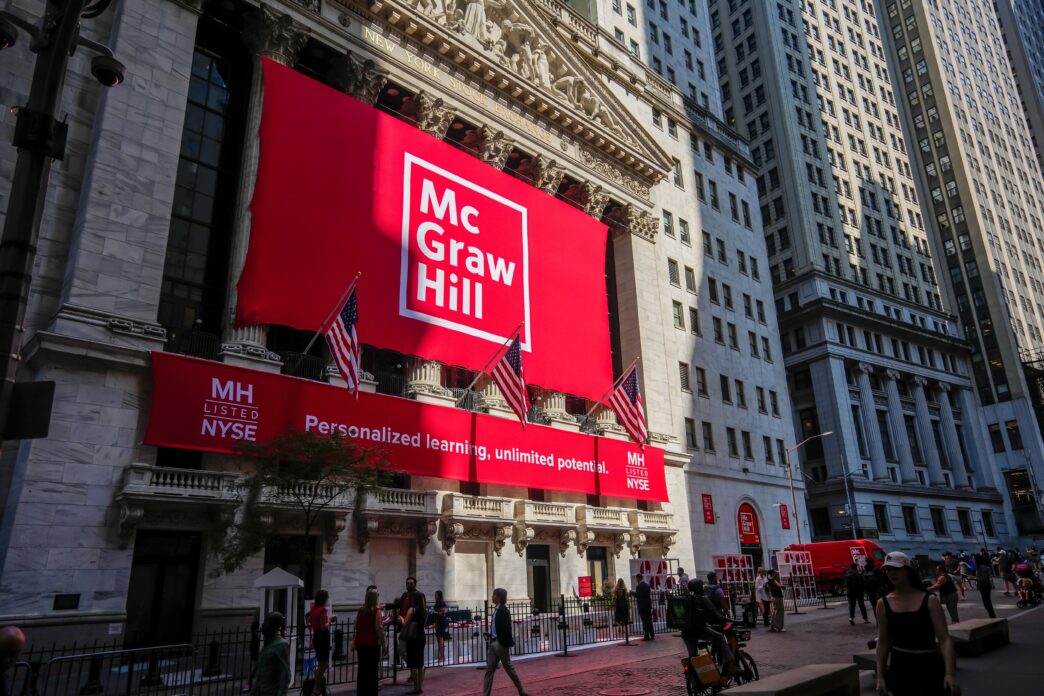Executive Summary
The Story So Far
Why This Matters
Who Thinks What?
McGraw Hill’s stock surged 19% on Wednesday, November 12, 2025, after the educational and professional publisher reported an adjusted profit of $1.40 per share for its fiscal second quarter of 2026, significantly exceeding analyst expectations of $0.35 per share. The company also raised its full-year guidance, despite declines in overall revenue and GAAP profits.
Quarterly Performance
For the second quarter, McGraw Hill’s revenue decreased by 2.8% to $669.2 million, and generally accepted accounting principles (GAAP) profits fell 21% to $105.3 million. Despite these declines, the company reported growth in certain key areas.
The publisher highlighted an increase in “re-occurring revenue,” which grew 6.5% to $422.4 million, alongside a 7.6% surge in high-margin digital revenue. McGraw Hill also stated it gained “notable” market share during the quarter and expanded its use of AI-powered tools, contributing to a 150 basis point expansion in its gross profit margin, reaching a healthy 79.2%.
Cash Flow and Debt Concerns
Despite the better-than-expected adjusted profit, the company experienced a significant decline in free cash flow (FCF). For the first half of the fiscal year, FCF dropped by 68% to $119.2 million, largely attributed to a sharp fall in operating cash flow and an increase in capital expenditures.
McGraw Hill also carries a substantial net debt load of $3 billion. When factoring in this debt, the company’s enterprise value-to-free cash flow ratio rises to approximately 22 times.
Analyst Perspective
Rich Smith, an analyst for The Motley Fool, expressed reservations regarding the company’s investment appeal. He noted that the falling free cash flow and heavy debt load made McGraw Hill stock appear to be an unfavorable investment, despite the reported earnings beat. Smith stated that he “fails to see how that would make McGraw Hill stock a buy.”
Outlook
While McGraw Hill’s latest earnings report exceeded analyst profit forecasts and showed strength in digital and re-occurring revenue, the underlying financial health presents a mixed picture. Significant declines in free cash flow and a substantial debt burden raise questions about the long-term investment appeal of the company’s stock.








